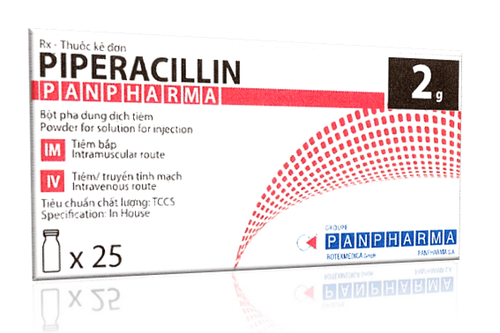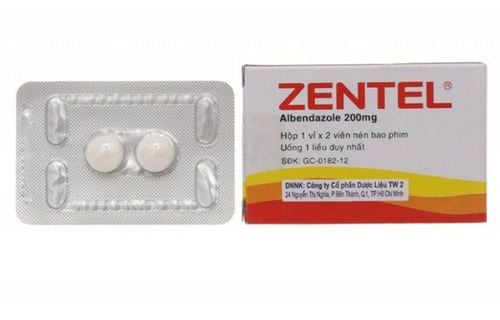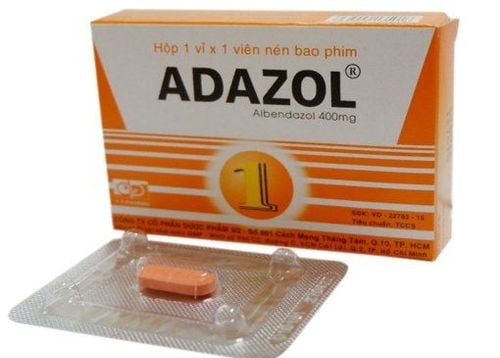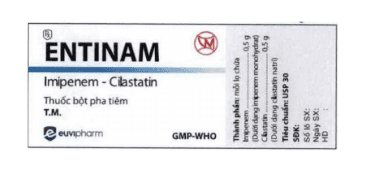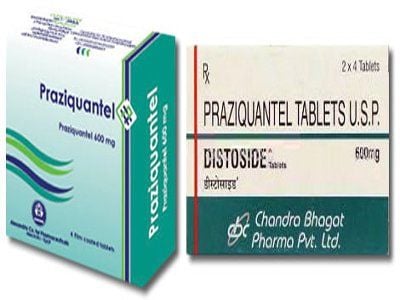This is an automatically translated article.
The article was professionally consulted with Specialist Doctor I Tran Quoc Vinh - Emergency Doctor - Department of Resuscitation - Emergency - Vinmec Nha Trang International General Hospital.Ascariasis infiltrates the bile duct occurs when the density of worms increases in large numbers in the gastrointestinal tract. In the past, worms in the bile ducts were quite common. However, now with regular prevention and deworming, the rate of infected people has decreased significantly in the community.
1. What are bile duct worms?
Bile duct worms are a complication of worm infections in the gastrointestinal tract, when worm populations increase in large numbers. Small intestinal worms can migrate up the duodenum to the sphincter of Oddi and enter the common bile duct, common hepatic duct, cystic duct, and intrahepatic biliary system. Bile duct worms can lead to biliary tract infections, liver abscesses, and biliary tract abscesses.Bile duct worm disease can occur at any age but is most common in children under 10 years of age. Favorable factors that increase the likelihood of disease include: Low protein diet, low acidity in gastric juice, thin body and infectious diseases.
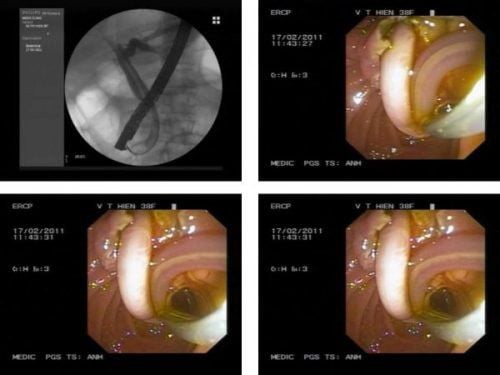
2. Why can roundworms get into the bile duct?
There are many causes of roundworms entering the bile duct, but the most common cause is due to inadequate use of deworming drugs, making the roundworms not completely paralyzed, but stimulating the movement of the worms. At this time, the roundworm will move undirected from the small intestine to the duodenal bulb and then into the bile duct and gallbladder. Too many worms in the small intestine cause the worms to enter the bile duct. Because the nutrients in the small intestine are not enough, they must migrate to other environments in the human body. Unhygienic eating, not drinking or using an ineffective dewormer, causing worms to continue to exist and parasites in the intestinal system is also one of the causes of worms entering the bile duct. In addition, when gastric secretions become less acidic, the environment in the intestinal tract is no longer suitable for worms, they will move to other locations in search of a better environment. Patients after partial gastric bypass surgery or suffering from infectious diseases that change the endogenous environment in the gastrointestinal tract are subjects with a higher risk of worms in the bile ducts. 3. Symptoms of bile duct worms Symptoms of bile duct worms are very rampant including:Severe abdominal pain in the right epigastrium or lower ribs: Severe abdominal pain that makes children sweat, face pale, pale, struggling, writhing. When in pain, the child will lie on the buttocks to relieve pain, hold the abdomen or scratch the epigastrium. To the right, sudden pain, intermittent pain. With young children, when roundworms enter the bile duct, children will like to carry it on their shoulders and hold their belly against the shoulder of the bearer, then the pain will be less, so they will cry less. Abdominal pain is often accompanied by nausea or vomiting.
Roundworms carry bacteria from the faeces that infect the bile ducts and can cause biliary tract infections. Due to appendicitis, the first symptom is epigastric pain, pain around the navel, then localized to the right iliac fossa. The disease can also be confused with stomach syndrome.

4. Diagnosis of worms in the bile ducts
Image of roundworms in the duodenum, gallbladder or in the biliary tract can be seen on X-ray of the duodenum with contrast, in the emergency room can detect worms in the biliary tract through ultrasound, CT or MRI of the biliary tree. .To test to diagnose the exact cause of the disease, the doctor needs to perform aspiration of bile from the duodenum and see the eggs of roundworms, and the stool test can show the eggs of roundworms. In addition, a complete blood count should be performed, especially in cases of fever with elevated neutrophils and eosinophils to recognize early signs of infection. When roundworms come out of the bile duct or gallbladder, the symptoms of severe abdominal pain will decrease.
Regarding treatment, medical treatment usually uses deworming drugs and symptomatic supportive drugs: biliary smooth muscle relaxants, choleretic drugs, antibiotics when there are signs of infection. In case of biliary obstruction, abscess may consider surgical removal of worms, drainage, cholecystectomy.
In summary, bile duct worms are a complication of worm infestation in the gastrointestinal tract, which occurs when worm populations increase in large numbers in the gastrointestinal tract. Bile duct worms can cause bile duct obstruction, liver abscess, bacterial infection, etc. Therefore, when having suspicion of worm infection, it is necessary to immediately go to a medical facility for examination and timely treatment measures. .
Please dial HOTLINE for more information or register for an appointment HERE. Download MyVinmec app to make appointments faster and to manage your bookings easily.





